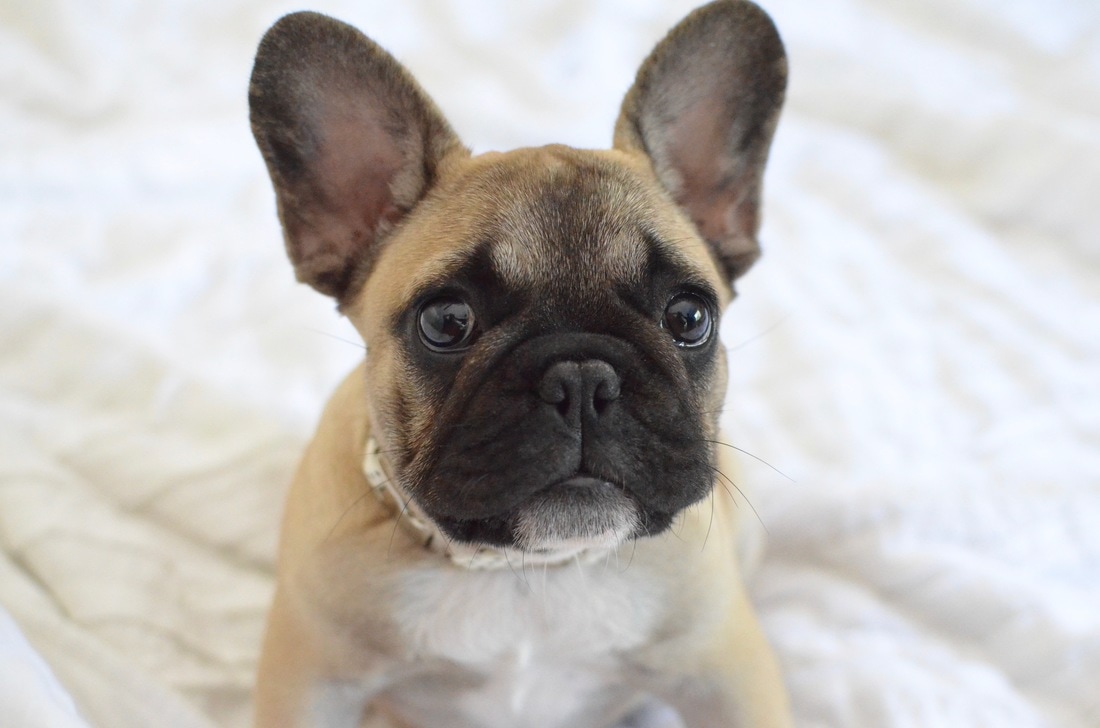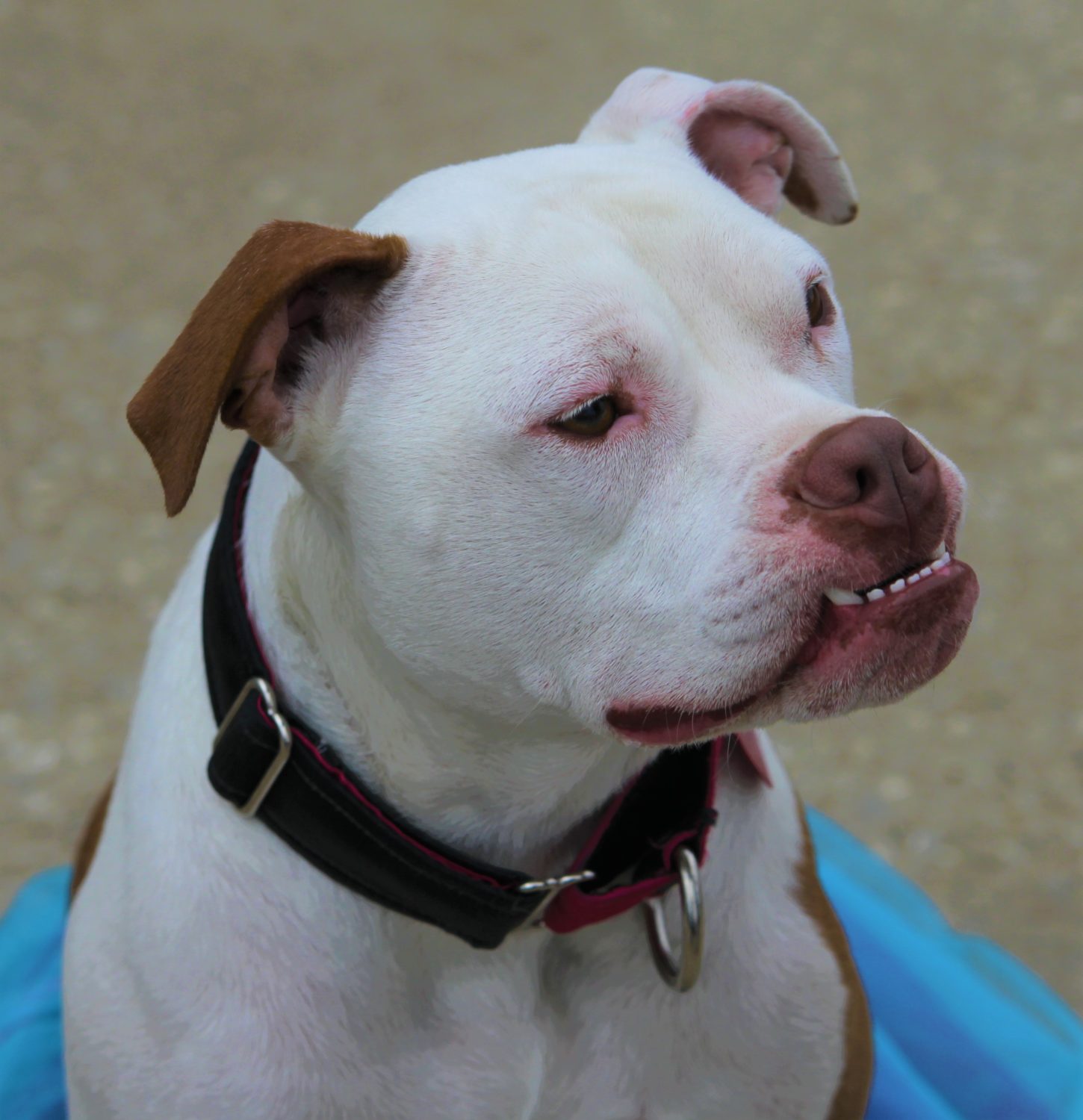Sad bulldog
Table of Contents
Table of Contents
If you are a dog lover, then one thing that can melt your heart is a sad bulldog. With their droopy eyes and wrinkled faces, they have a way of tugging at your heartstrings. Unfortunately, sadness is a common emotion among bulldogs, and it can be stressful both for them and their owners. In this blog post, we’ll dive into the world of sad bulldogs and explore their pain points and possible solutions.
Pain Points of Sad Bulldogs
Bulldogs are affectionate, loyal animals that thrive on their owners’ company. When they feel sad, it can be due to several reasons like separation anxiety, boredom, illness, or even depression. Signs of sadness in bulldogs can include lethargy, lack of appetite, hiding, excessive licking, or even aggression. It can be challenging for owners to discover the cause of their dog’s sadness and provide a solution.
Target of Sad Bulldogs
The target of sad bulldogs is their owners, as they rely on them for care, attention, and love. Bulldogs also have a social personality, which leads them to crave interaction with their owners and other animals. If they don’t receive enough stimulation and care, it can lead to sadness.
Summary
Sad bulldogs can be challenging to deal with, but understanding their pain points and target can help owners provide better care. Bulldogs crave attention and interaction, and when they don’t receive it, they can become sad, leading to lethargy, hiding, and other signs. In the following sections, we’ll explore ways to ease their sadness and provide solutions.
Sad Bulldog Solutions: Professional Help
One way to address a sad bulldog’s issues is to seek professional help. A veterinarian can diagnose any underlying health problems that could be causing your dog’s sadness, like infections or injuries. They can also prescribe medication or supplements that can improve your dog’s mood and overall health. Working with a professional behaviorist is another way to handle a sad bulldog. They can help identify the cause of your dog’s sadness and provide solutions that can mitigate the issue.
 Sad Bulldog Solutions: A Change of Scenery
Sad Bulldog Solutions: A Change of Scenery
A change of scenery can also help ease a bulldog’s sadness. Taking them out for walks, visits to the park, or even a new room in your house can provide a sense of stimulation and engagement. Introducing new toys, scent toys, and even play dates with other animals can also help change your dog’s mood.
 Sad Bulldog Solutions: Emotional Support
Sad Bulldog Solutions: Emotional Support
Providing emotional support is crucial for a sad bulldog. Giving them ample attention, affection, and care can make them feel loved and comforted. Creating a routine or schedule that includes fun activities and bonding time can also help ease their sadness. Giving them praise, rewards, and positive reinforcement when they display positive behaviors can build their confidence and improve their mood.
Understanding Separation Anxiety in Bulldogs
Separation anxiety is a common cause of sadness in bulldogs. They develop an unhealthy attachment to their owners, and when left alone, they can become anxious and sad. Symptoms can include barking, whining, scratching, or destructive behavior. To address this, owners can try leaving their dog for short periods, creating a safe and secure space for their dog, using calming scents or music, or even hiring a dog walker or pet sitter.
Understanding Depression in Bulldogs
Depression is another cause of sadness in bulldogs. It can be due to several factors like genetics, history of abuse, or trauma. Depression can manifest in lethargy, lack of appetite, aggression, or self-harm. To address this, owners can try providing a comfortable and safe environment, consistent and positive reinforcement, ample exercise and stimulation, and professional help from a veterinarian or behaviorist.
Question and Answer
What are the common signs of sadness in bulldogs?
The common signs of sadness in bulldogs can include lethargy, lack of appetite, hiding, excessive licking, or even aggression.
Will a change of scenery help ease a bulldog’s sadness?
Yes, a change of scenery can help provide a sense of stimulation and engagement for a sad bulldog. Taking them out for walks, visits to the park, or even a new room can help change their mood.
What can I do to provide emotional support for my sad bulldog?
Providing emotional support is crucial for a sad bulldog. Giving them ample attention, affection, and care can make them feel loved and comforted. Creating a routine or schedule that includes fun activities and bonding time can also help ease their sadness.
What should I do if I suspect my bulldog of having depression?
If you suspect your bulldog has depression, you should seek professional help from a veterinarian or behaviorist. They can diagnose the cause of your bulldog’s sadness and create a treatment plan to mitigate the issue.
Conclusion of Sad Bulldog
Sadness can be a significant issue for bulldog owners, but there are several ways to mitigate this issue. Understanding the pain points and target of sad bulldogs can help owners provide the right care and stimulation. Seeking professional help, providing emotional support, and introducing a change of scenery are some of the ways to ease sadness in bulldogs. With proper care and attention, your sad bulldog can regain their happiness and energetic personality.
Gallery
Sad English Bulldog Puppy - YouTube

Photo Credit by: bing.com / bulldog sad english giveaway puppy hour halloween
Photo Of Sad Bulldog Going Viral | Newscentermaine.com
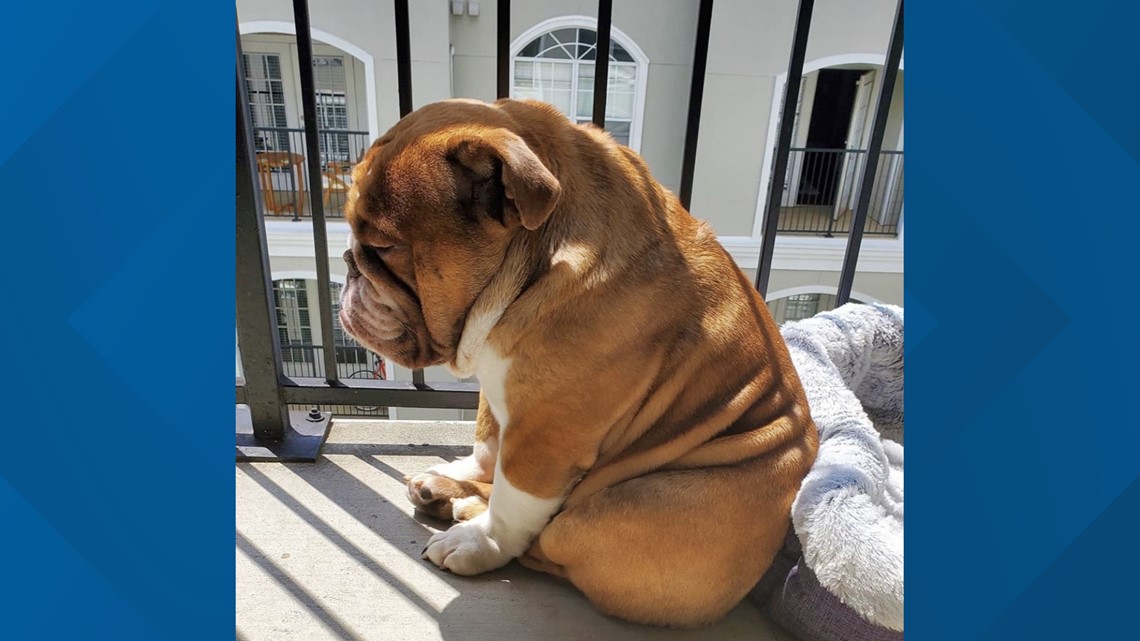
Photo Credit by: bing.com / bulldog english wtsp newscentermaine sad distancing toll poppa named taking social big
Sad-dog | Natural Dog Company

Photo Credit by: bing.com / dog sad
Sad Bulldog | Flickr - Photo Sharing!
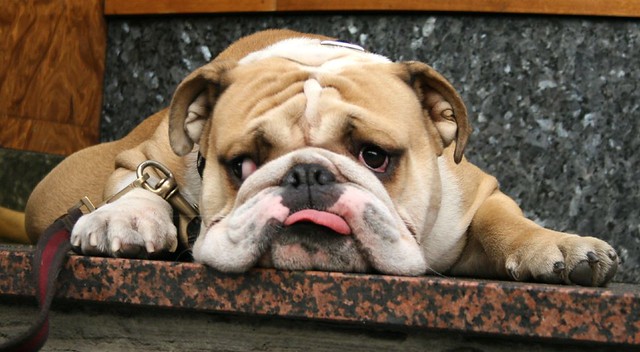
Photo Credit by: bing.com / bulldog sad
Sad Bulldog Puppy Photo | One Big Photo
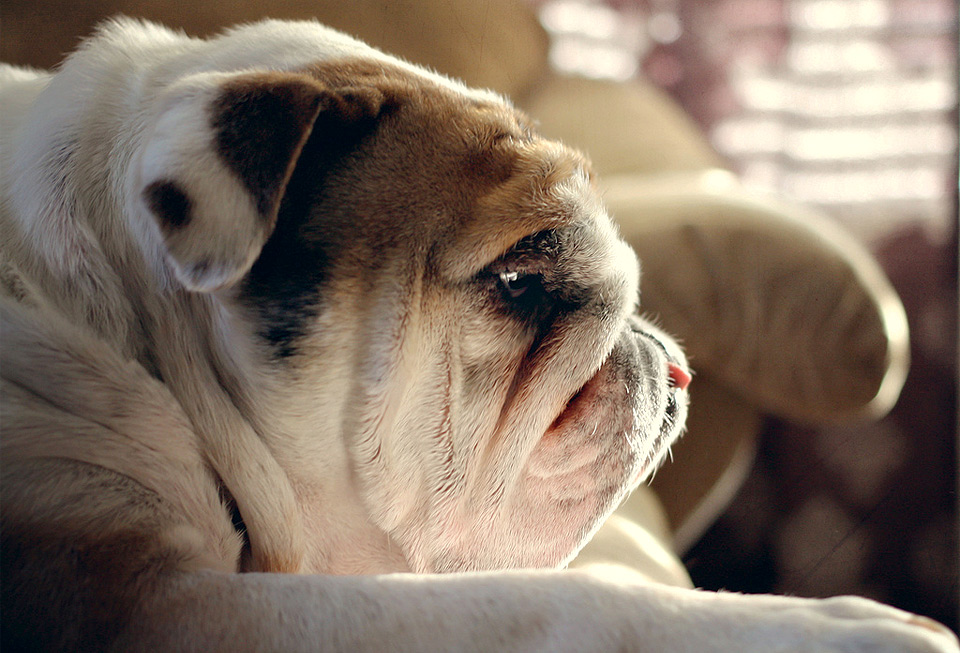
Photo Credit by: bing.com / bulldog sad puppy photography



